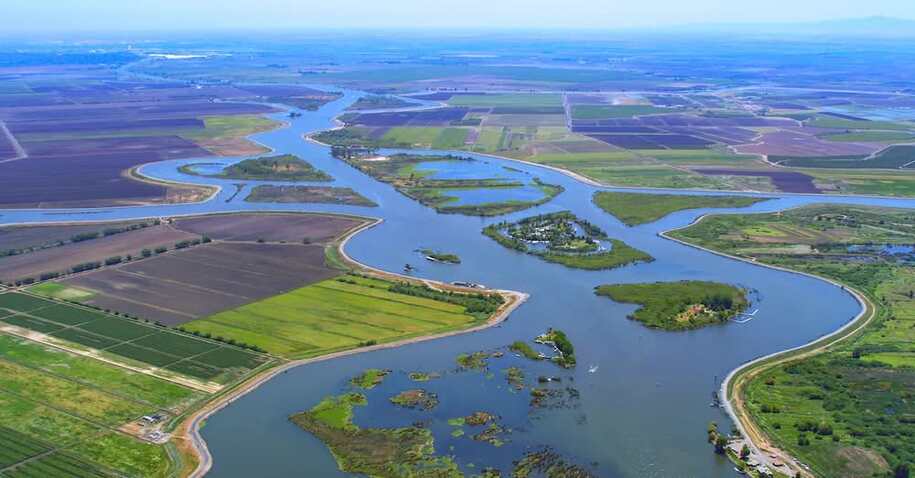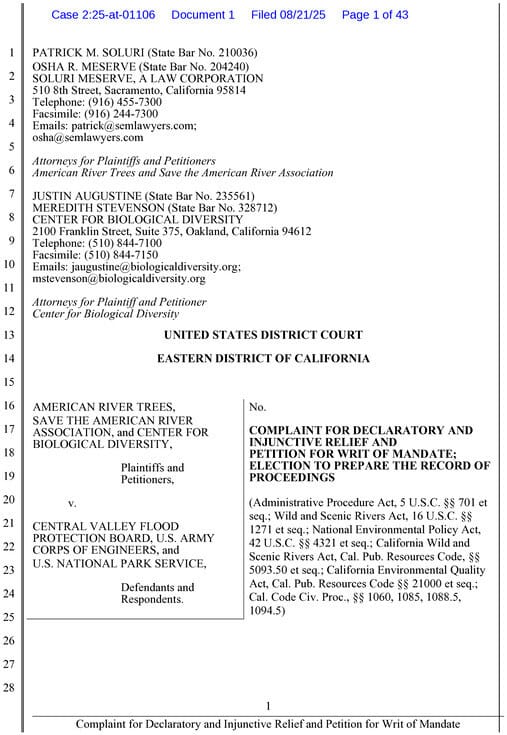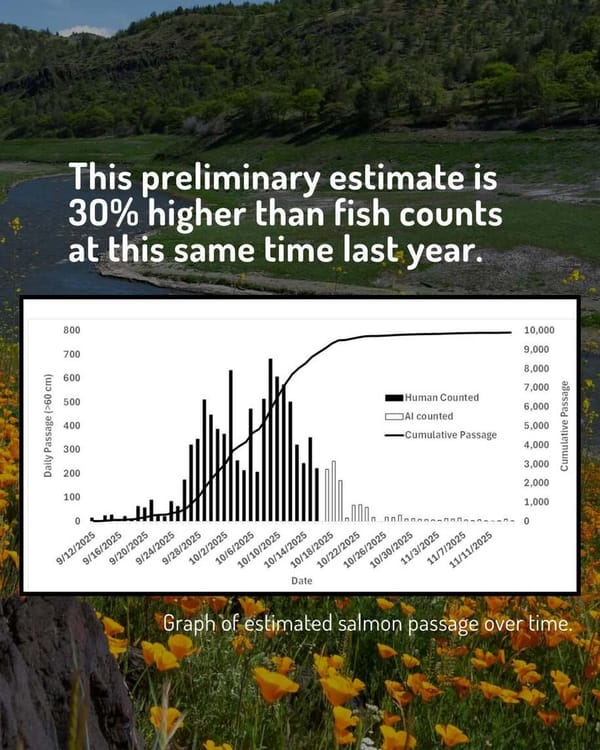Restore the Delta Calls for Audit of Billions of Public Spending on Delta Tunnel
DWR will have spent nearly $1 billion on various iterations of tunnel project planning, with projected construction costs exceeding $20 billion before inflation or unforeseen expenses.





